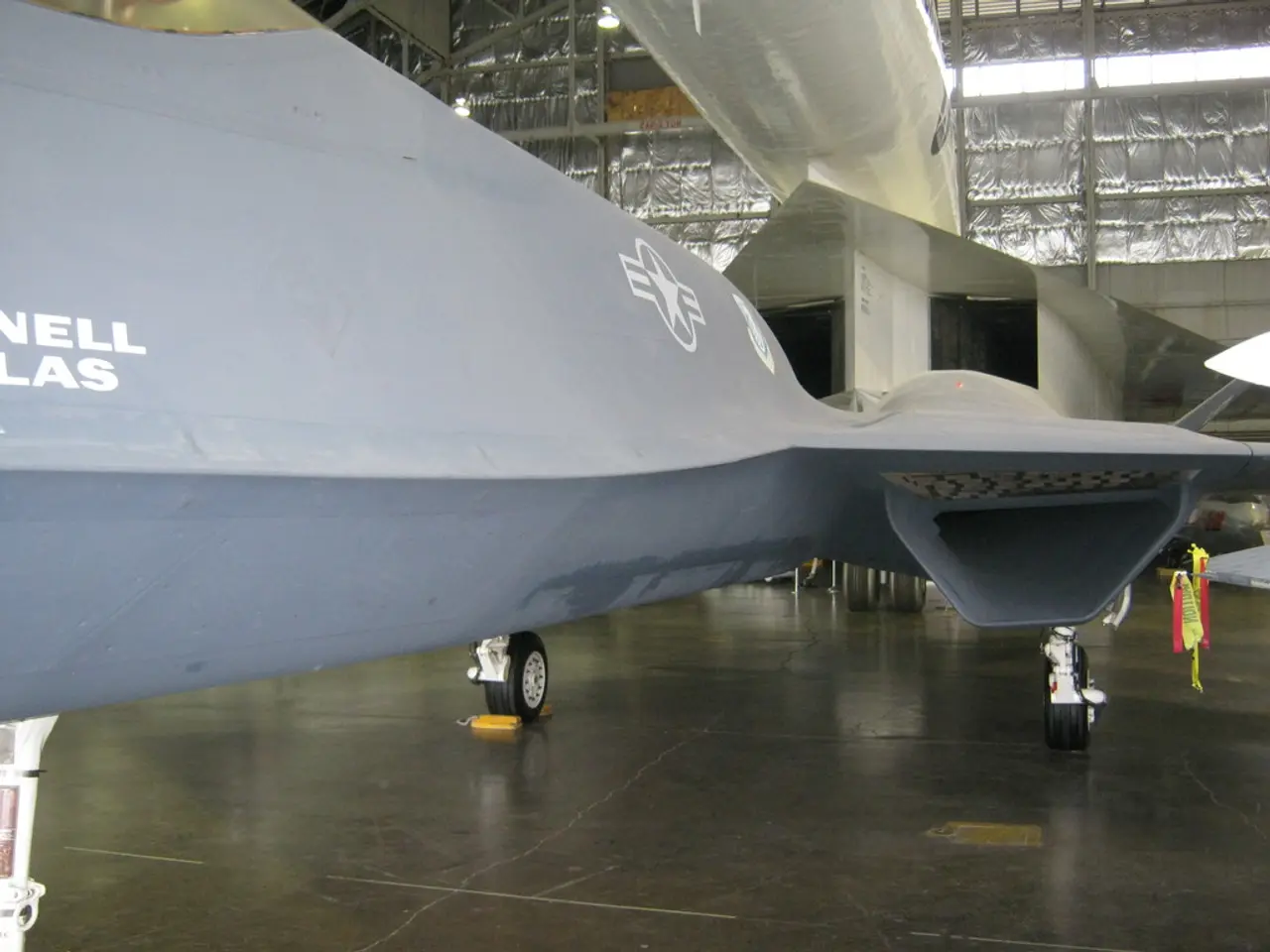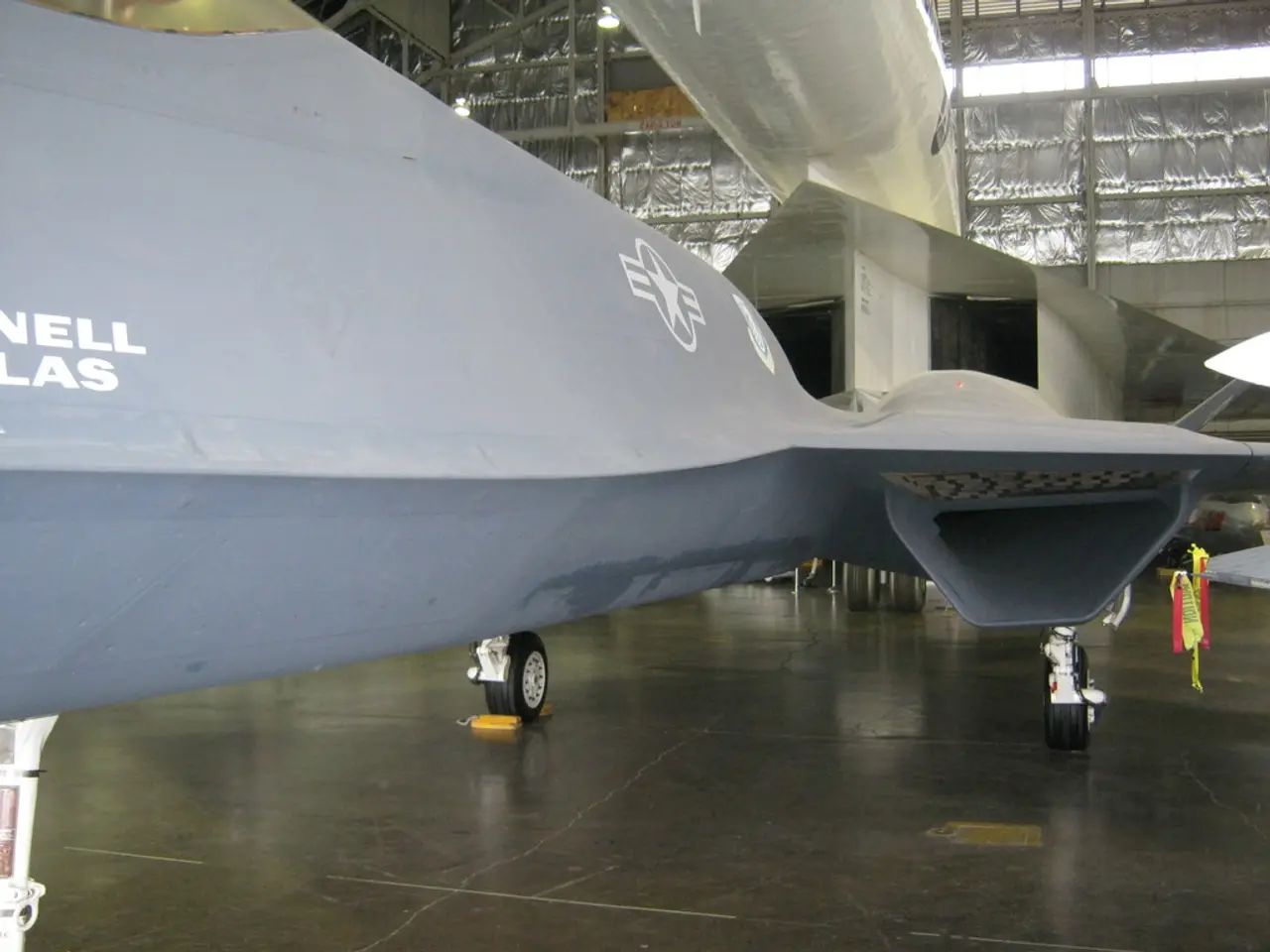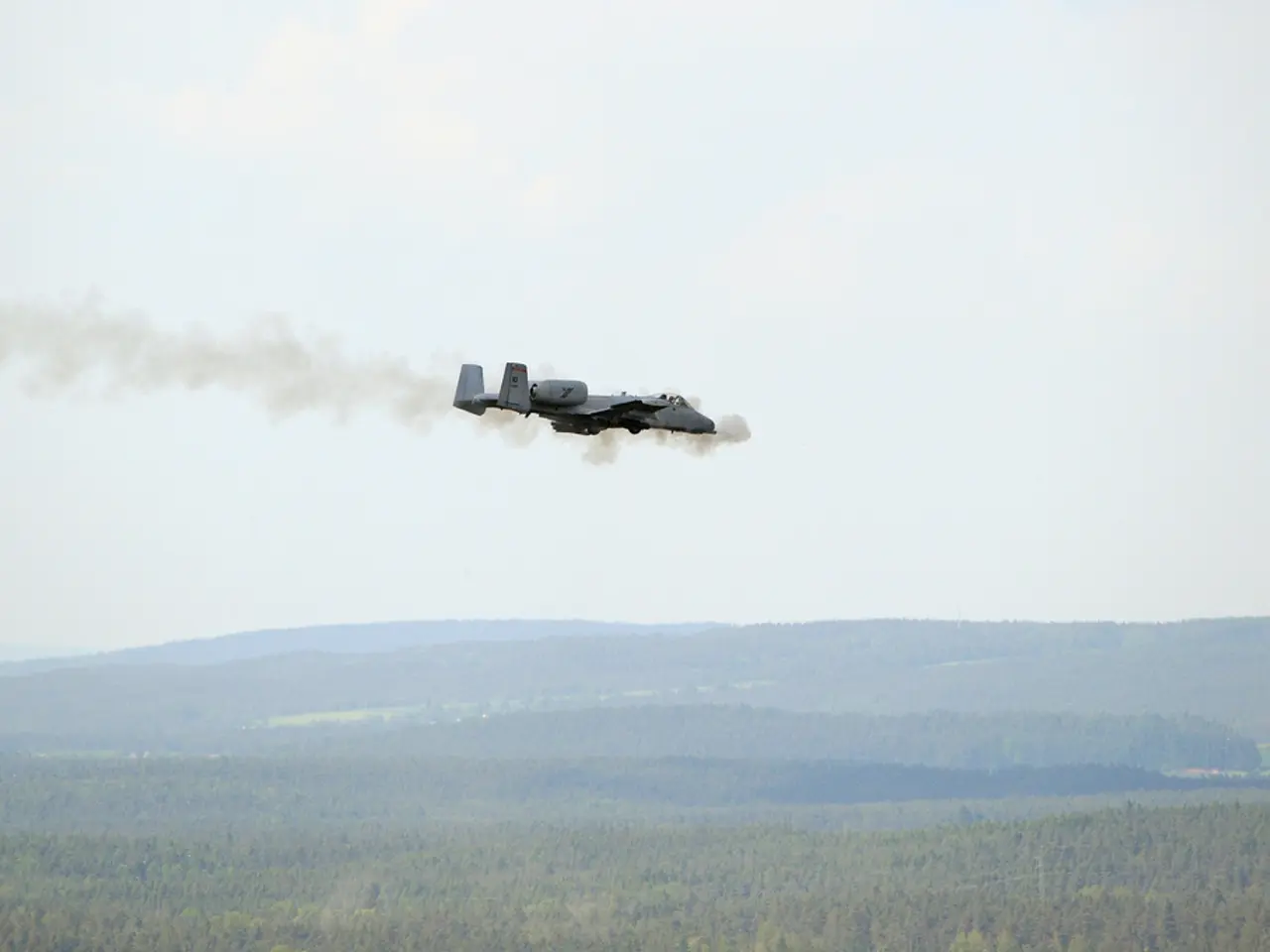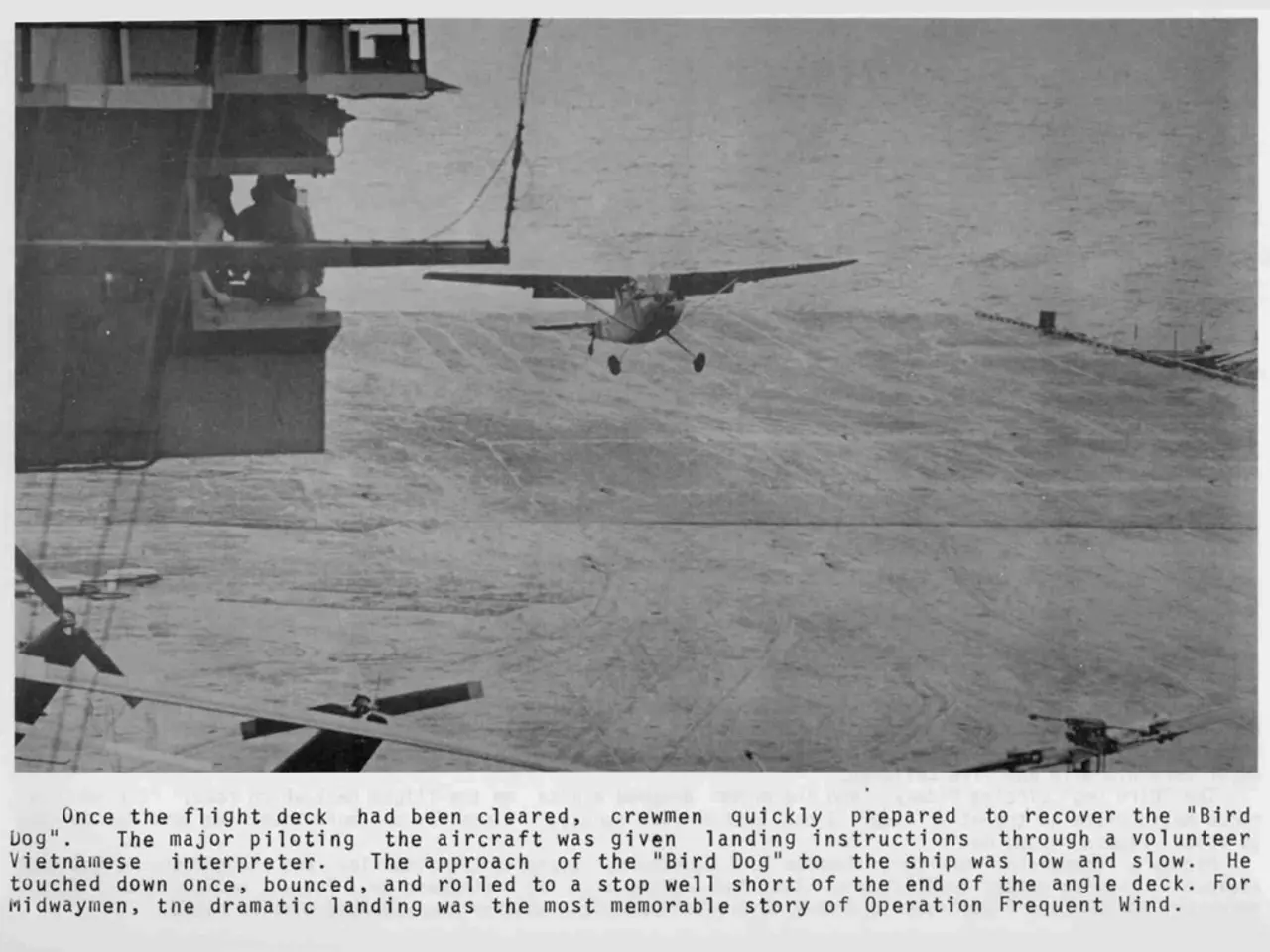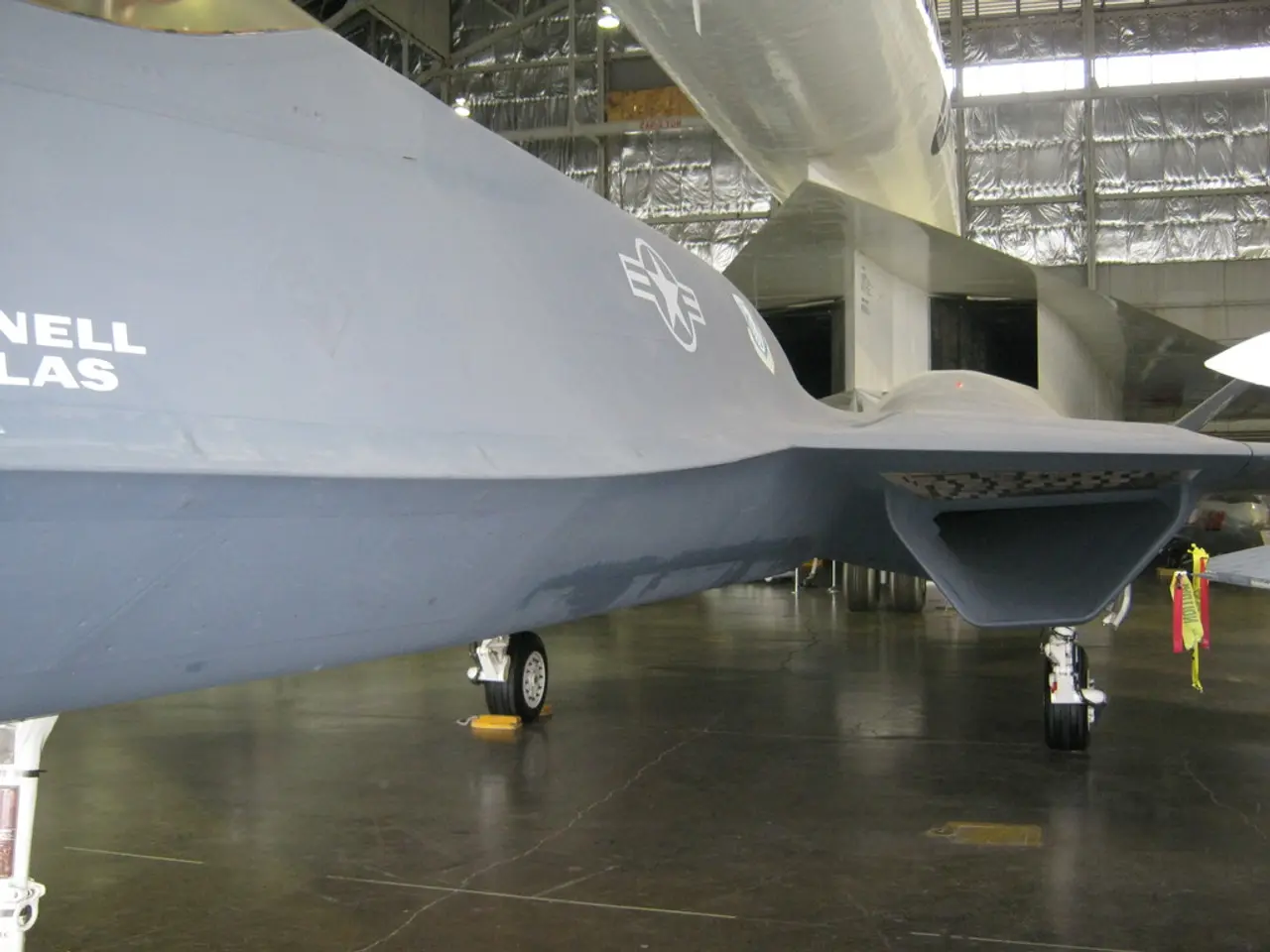Investigation reveals cause of Air India plane crash
The recent tragic crash of Air India flight AI171, which occurred less than a minute after takeoff from Ahmedabad on June 12, 2025, has left the world in shock. The incident claimed the lives of 241 passengers and crew members, as well as at least 39 victims on the ground.
The primary cause currently under investigation involves the movement of engine fuel control switches from "RUN" to "CUTOFF," which led to loss of engine power shortly after takeoff. One engine began to recover, but the other failed to relight, contributing to the crash [1][3].
While the investigation is still ongoing, there are several factors being considered as possible contributing factors.
Regarding automated thrust control systems, there is no indication from preliminary investigations that they were involved. The investigation has not flagged any mechanical or software issues with the Boeing 787’s automated systems or engines [3].
Bird strikes are another theory that has been speculated, given the proximity of Ahmedabad to known bird habitats such as Thol Lake, Nalsarovar wetland bird sanctuary, and the Sabarmati River. However, the Boeing 787 is designed to safely fly on one engine, and no concrete evidence supports a bird strike as a cause in this case [4].
Investigations have also reviewed factors such as flap position and landing gear retraction and found no abnormalities that could explain the crash [3][4].
Some alternative theories—including sabotage—have been suggested, but no evidence supports these claims so far [4].
The Indian Directorate General of Civil Aviation (DGCA) has ordered checks on all Air India Boeing 787s fitted with GEnx engines "with immediate effect." Bird activity detection systems have been installed around some airports due to concerns about bird strikes taking out aircraft engines [5].
As the investigation continues, investigators from India, the UK Air Accidents Investigation Branch (AAIB), and the United States' National Transportation Safety Board (NTSB) are involved. Information from the flight deck and black boxes will help determine what went wrong with the plane [6].
It seems likely the issue could be due to some kind of system failure affecting the engines' ability to generate thrust. If both engines failed immediately after takeoff, the pilots would have had almost no chance to save the plane and its passengers. However, the exact cause remains to be determined [7].
The migration season around Ahmedabad is November to February, during which birds may fly at higher altitudes. Investigators will examine the turbine wreckage to determine whether the engines were generating thrust at the time of the crash or not [8].
Professor Philip Baum, an aviation security expert, believes an attack is unlikely to be behind the crash [9]. Most birds typically fly at under 150 meters, below the altitude reached by the plane during takeoff [10].
Recent manufacturing quality concerns have been raised regarding Boeing aircraft, but it is too early to determine whether these concerns are related to the AI171 crash [11]. The investigation is expected to provide more clarity in the coming weeks.
[1] The Hindu [2] CNN [3] BBC News [4] The New York Times [5] Airport Technology [6] Flight Global [7] The Indian Express [8] The Times of India [9] Sky News [10] The Telegraph [11] Reuters
- In light of the ongoing investigation, the aviation industry is closely monitoring the potential impact of bird activity on airport safety, as evidenced by the installation of bird activity detection systems at some airports.
- As the finance sector awaits the outcomes of the investigation, there has been no discernible influence of automated thrust control systems or software issues on the engines of the Boeing 787 in question, ruling out initial speculations in that regard.
- Amidst the current uncertainty, the eco-tourism accommodation industry may be affected by regional concerns regarding aviation safety, as potential visitors might consider alternative travel options or destinations until a cause for the crash is determined.
